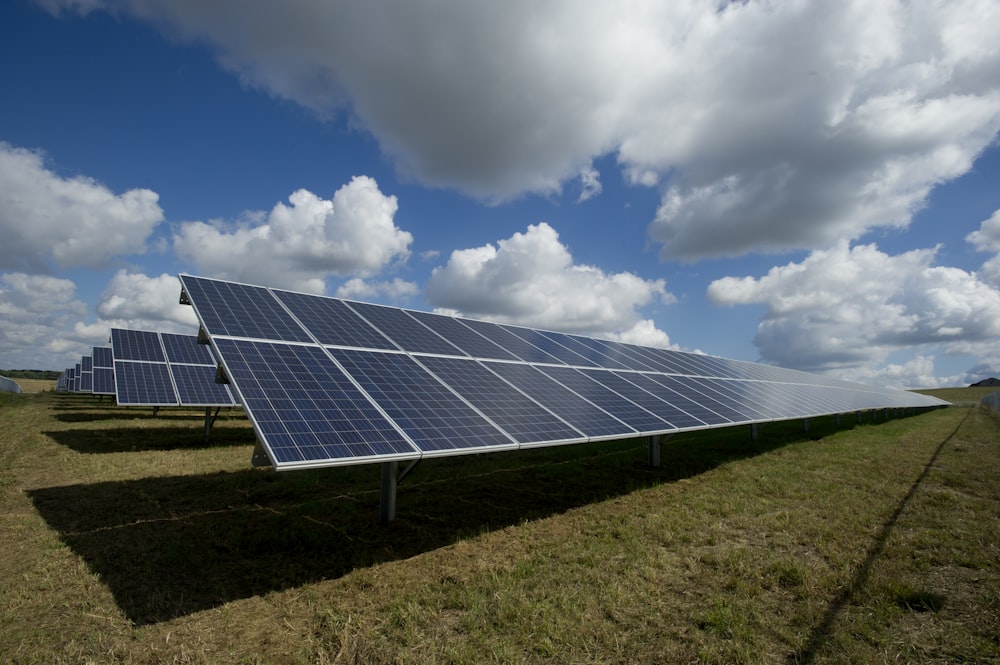Maximizing Drone Flight Time: Battery Strategies

For drone enthusiasts and professionals alike, flight time is often the limiting factor in what can be accomplished during a single session. Whether you're capturing breathtaking aerial footage, conducting inspections, or simply enjoying the flight, understanding how to maximize your drone's battery performance can significantly enhance your experience. This comprehensive guide covers everything from battery selection to in-flight techniques that extend your time in the air.
Understanding Drone Battery Basics
Key characteristics of drone batteries:
- Chemistry: Most modern drones use lithium polymer (LiPo) batteries for their high energy density.
- Voltage (S rating): Indicates number of cells in series (3S = 11.1V, 4S = 14.8V, etc.).
- Capacity: Measured in mAh, higher numbers mean longer flight times but increased weight.
- C Rating: Indicates discharge capability - higher C ratings can deliver more current when needed.
- Energy Density: The balance between weight and capacity that determines flight efficiency.
Battery Selection Strategies
Choosing the right battery for your needs:
- Manufacturer Batteries: Optimized for your drone but often expensive.
- Third-Party Options: Can offer better value but verify compatibility carefully.
- Weight Considerations: Heavier batteries reduce flight time despite higher capacity.
- Temperature Tolerance: Some batteries perform better in cold weather.
- Smart Batteries: Those with built-in management systems offer better performance tracking.
Pre-Flight Preparation
Maximize battery performance before takeoff:
- Proper Charging: Use balanced chargers and never leave batteries at full charge for extended periods.
- Temperature Management: Keep batteries warm in cold weather (use insulated cases or warm packs).
- Storage Charge: Maintain at 40-60% when not in use for more than a few days.
- Inspection: Check for swelling, damage, or loose connections before each flight.
- Firmware Updates: Ensure both drone and battery firmware are current.
In-Flight Techniques
Pilot actions that conserve battery:
- Smooth Flying: Aggressive maneuvers consume significantly more power.
- Optimal Altitude: Find the sweet spot where wind is minimal but you're not fighting ground effect.
- Speed Management: Most drones have an efficient cruising speed (often around 15-25mph).
- Payload Awareness: Additional weight from cameras or accessories reduces flight time.
- Wind Consideration: Flying against strong winds dramatically increases power consumption.
Advanced Battery Solutions
For professionals needing extended flight times:
- Hybrid Power Systems: Some industrial drones combine batteries with fuel cells or generators.
- Battery Swapping: Quick-change systems allow continuous operation with multiple batteries.
- High-Voltage Systems: Newer drones operating at higher voltages can be more efficient.
- Solar-Assisted Charging: For field operations, portable solar can recharge batteries between flights.
Safety Considerations
LiPo batteries require careful handling:
Storage: Use fireproof bags or containers, especially when charging.
Transport: Follow airline regulations for lithium batteries.
Disposal: Never throw away damaged LiPo batteries - discharge completely and recycle properly.





